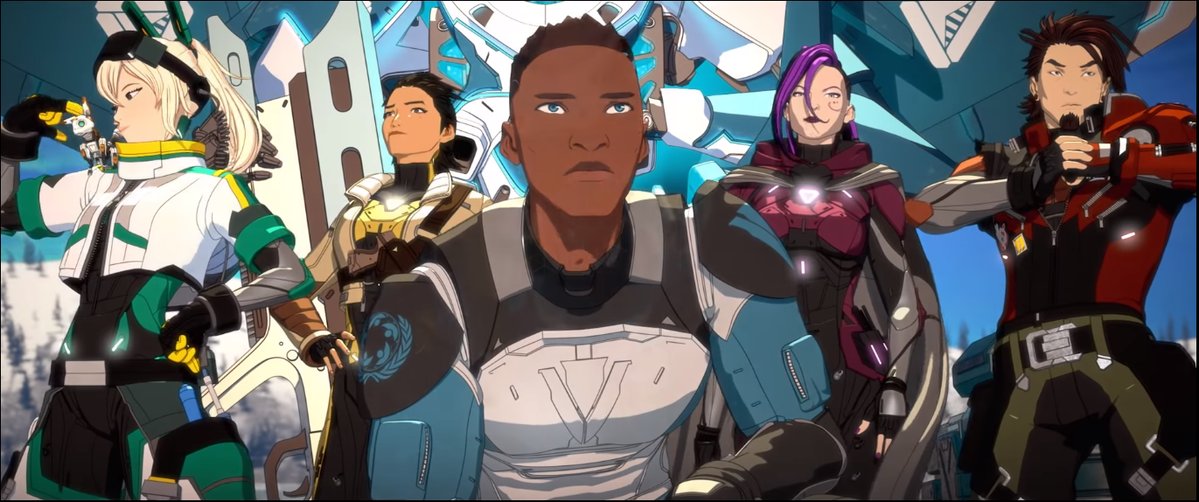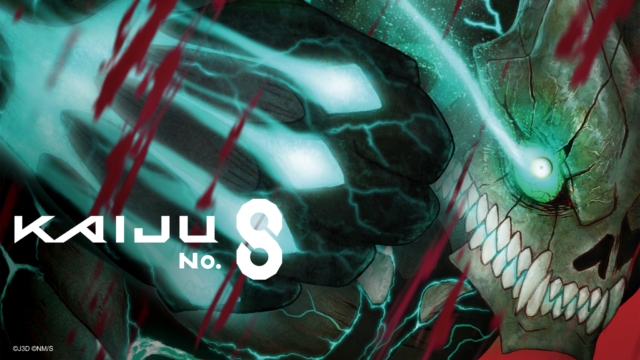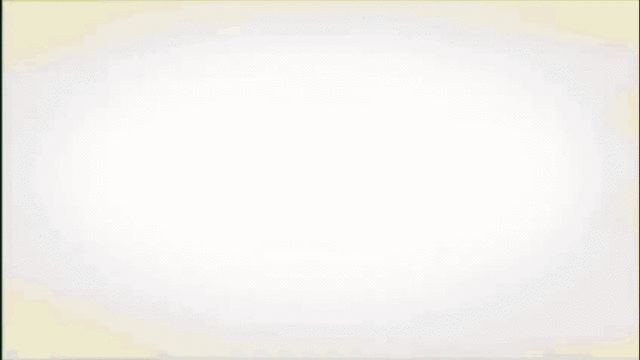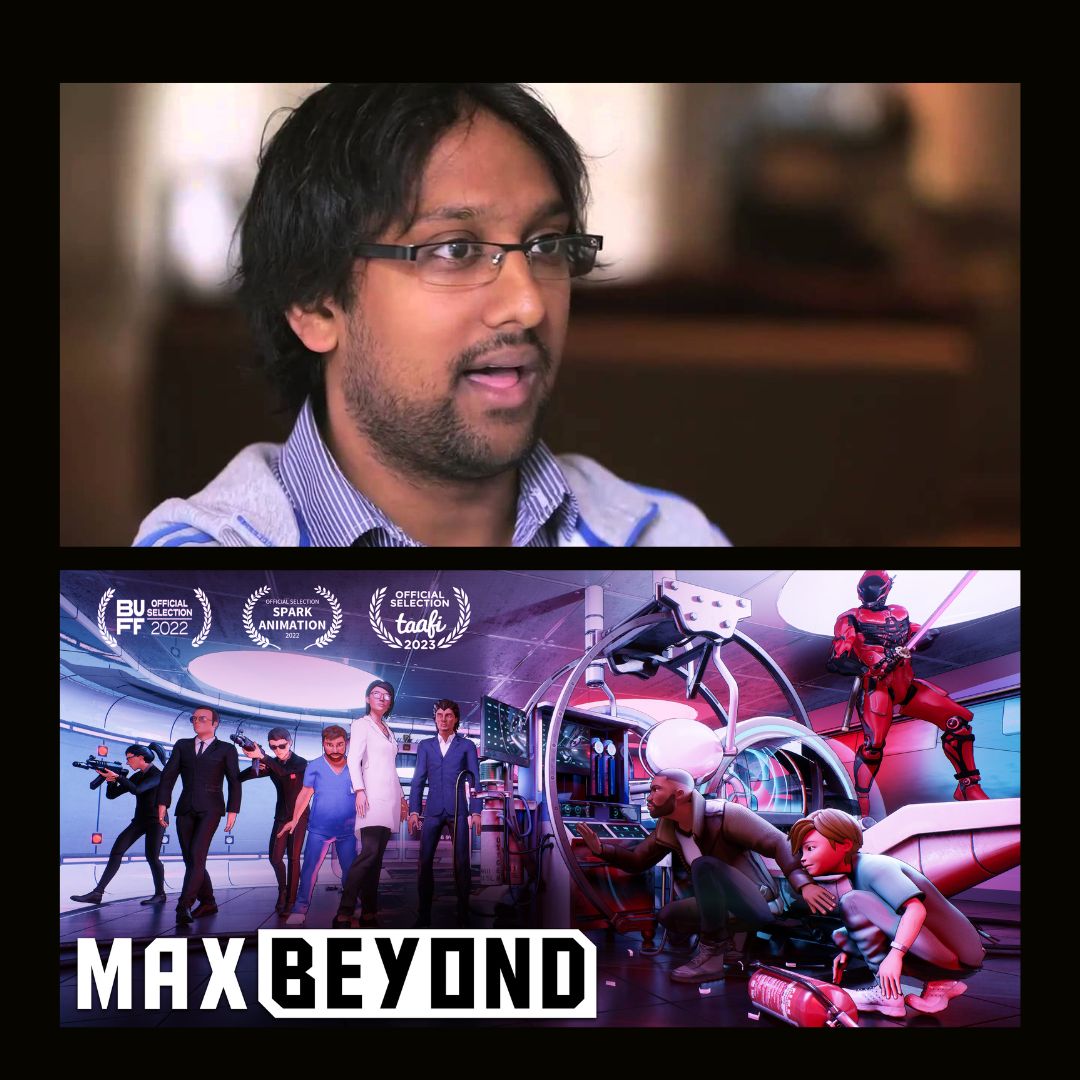Magical Surrenders vs. Strange Chibis: A Rooster Teeth Animation Retrospective Part Two
The third dimension’s the charm!
About a year ago, to celebrate the company’s upcoming 15th anniversary and the release of their latest animated show, Nomad of Nowhere, I put together a look back on their previous 2D animated works. This time, to commemorate the first finale of the newest three-dimensional tale, gen:LOCK, as well as the beginning of the 17th season of their first show, Red vs. Blue, we’ll now take a look at their 3D animated/Machinima-based series. And yeah, I’m bunching in their Machinima stuff because otherwise this list would be really short and we’d only be covering about half of RVB. Speaking of which:
RED VS BLUE (2003-Present)
Of course, we had to start it all from the very beginning, when the company was nothing but a logo, a few Texan drunks playing Halo, and a dream. Two teams of colored coded idiots in a box canyon fighting over a flag that soon turned into a tearing down of the organization that created them. Being their longest-running series, as well as the longest (consistently) running web series around, RVB has naturally passed through many hands of writers, actors, and directors. So, like much decades-lasting sci-fi, everyone has their favorite character, season, fight, joke, and showrunner, saying it wasn’t good after this guy or wasn’t good UNTIL the other guy and what have you. It’s essentially become the elder statesman of the RT shows that they’re just going to keep making until the sun burns out…even if they have started not advertising it as much now that the younger, hotter shows have taken the reins.
Initially being written and directed by company founders Burnie Burns and Matt Hullum, the show start humbly with it only being filmed footage of gameplay from Halo 1, with some editing or photoshop or gameplay loopholes used every now and then. Every 2 or 3 seasons, the show would switch to the then newest installment while the writing gradually turned from solely comedic to more serious sci-fi, to the point that it became its own full-fledged universe independent of the games it used for footage. But a major turning point, and the first use of animation made solely for the show, was the introduction of Monty Oum, the one man fight scene machine who blew fans’ minds in the fourth episode of Season 8, and continued to set a precedent for the next two seasons before moving onto his own show.
On top of spawning countless in-jokes and putting Rooster Teeth on the map, a minor accomplishment was the invention of a game within the Halo engine called Griffball, which also got its own series. Four seasons of a handful of episodes each featuring completely different characters, so I figured that deserves some acknowledgment instead of its own place.
THE STRANGERHOOD (2004-2006, 2015)
Still feeling the urge to make more Machinima based shows in the mid-2000s, Burns and Hullum put together the company’s second and less-known series. The Strangerhood was born through using basically the same development as RVB, although this time with Sims 2, and required being animated on three separate computers. This allowed for more experimentation with movements and expressions on the characters instead of simply bobbing the heads up and down, and its regular looking setting gave them a chance to write a story that was closer to regular life as opposed to mining from the video game meta joke well.
In this case, the story revolves around eight stereotypes mysteriously transported to a normal looking neighborhood, where they are observed by an Ominous Voice. As the show went on, the characters learn their purpose for being abducted was an attempt at entertaining the people in the far future due to a shortage of viable entertainment. At least, that’s what I gleaned from watching it all the way through for the first time. Being written around the early days of RVB, it has a lot of the same comedy style, only more based on reality shows and pop-culture references of the time instead of Halo gameplay.
The show had only one season, ending in 2006, but a second season becomes an option in 2014 during the Indiegogo campaign for RT’s first live-action feature film, Lazer Team. Once the campaign reached the specified stretch goal, Season 2 came out a year later with four new episodes, centering on the stoner character Wade as he tried to prevent The Strangerhood from happening…by recreating it with a whole new cast made of more up-to-date stereotypes. Overall, it was certainly a product of its time and as good a time machine to that era of the company’s writing style, but nothing to write home about.
MACHINIMA MINISERIES (2005-2008)
During a more experimental period, RT played around with making more shows in the style of RVB, in that they were either comedic takes on the stories in shooting games at the time or just stuff the company making the games asked them to do as for promotion.
First was P.A.N.I.C.S. (People Acting Normal In Crazy-ass Situations), based on the game F.E.A.R. (First Encounter Assault Recon), about a group of soldiers named Bravo Team as they bicker about rank while each one is picked off by one of the ghostly monsters from the game. This was requested by the game’s developer, Monolith Productions, to promote a re-release of the game. It runs five episodes (four main ones and an “Episode 0”) and basically feels like early RVB without the color or story, which means it’s clever and pretty funny, but short and didn’t age well.
Next was 1800-MAGIC, based on the game Shadow Run and created by Joel Heyman, following a firefight between a few humans and an elf against a couple of trolls as multiple mishaps occur. It’s pretty incomprehensible, and so is largely forgotten, but at four episodes of about five minutes each, you could spend your time worse ways.
Lastly was Supreme Surrender, based on, you guessed it, Supreme Commander, about a planned armistice between one side of hilariously outmanned forces and the vastly superior opposition that insists on surrendering. I’d say this is probably the most clever of the three in terms of premise, but it’s also shorter than them at three episodes. Again, worth a watch on your lunch break.
RWBY/RWBY CHIBI (2012-PRESENT)
https://www.youtube.com/watch?v=-sGiE10zNQM?list=PLUBVPK8x-XMhCW2fW7ZYlD9MHjvmT8IGK
So here’s the one with the most complicated and storied history. RWBY currently acts as Rooster Teeth’s flagship show, paving the way for the company’s growing international acclaim and attention. It’s also the main source of their merch income and which makes sense, seeing how it’s their first long-running animated intellectual property that was an entirely original idea not based on an existing show or game. RWBY began as a passion of the late great Monty Oum, animator of cult hit short films such as Haloid and Dead Fantasy, who was rewarded for his work on the eighth through tenth seasons RVB by being allowed to come up with his very own show. So, after gathering his friends Miles Luna and Kerry Shawcross to help construct the world and plot, four-color based “trailers” were released over the course of late 2012 to mid-2013, introducing the show’s main characters before premiering properly months later.
Following the adventures of Ruby Rose, Weiss Schnee, Blake Belladonna, and Yang Xiao Long as they face escalating magical threats, RWBY jettisoned the already respected company further into the mainstream eye, as well as beginning relations with more acclaimed voice acting talent who would begin to show up in their later animated works. Like all of their past works, the first few seasons were a bit of a learning experience for everyone involved, as novice voice actors and writers had to learn quickly while Monty, a notorious work-o-holic kept up with all of his work with his usual ludicrous speed.
Unfortunately, the show hit a tragic roadblock only three years into production, as Monty passed away on February 1st, 2015, due to an allergic reaction during a medical procedure. His fans, friends, and family mourned his loss and still do to this day. However, the show had to go on, putting Miles and Kerry in a uniquely difficult situation. As RWBY began to grow exponentially in popularity, they found themselves with increasing pressure to constantly improve what was once a fun little anime tribute but now had morphed into THE show of the company. But despite the task, the show continues to this day, having completed six seasons and boatloads of spin-off books, games, and merch that expand year by year, as well as helping to create the Rooster Teeth Animation branch as it exists today.
Obviously, I have a lot of complicated critical feelings about the show, with each season constantly missing the mark on pretty basic writing tools and concepts, but I’ve always admired the passion put into it that every Rooster Teeth show has. In terms of recommending it, I think this one is more up to the viewer. You’ll know if it’s for you or not.
gen:LOCK (2019-PRESENT)
Lastly, we have the most recent addition to the RT Animation, as well as the one with the most star power behind it. It originated in the mind of Gray Haddock, current Head of Animation at RT, as a tale of “cultural warfare” in 2016, which he would then tease and give sparse details about at conventions and interviews over the next couple of years, including that it would be based on giant robot anime such as “Aldnoah Zero” and the “Gundam” franchise, while also taking cues from sci-fi anime staples like Ghost in the Shell and have the same general look as their previous hit, RWBY.
But the first major news was first announced in May of 2018, when it became known that Hollywood A-Lister Michael B. Jordan, who had just starred opposite Chadwick Boseman in the billion-dollar blockbuster, “Black Panther”, would be in the lead role of Julien Chase, in addition to co-producing the series with his own production company, Outlier Studios. More notable names would begin to trickle down, including Dakota Fanning, “Game of Thrones” star Maise Williams, and “Doctor Who” alumni David Tennant, among others.
In addition to being the first series to be written with more traditional runtimes, this would also be the first RT series to be exclusively available behind their premium service, RT First, partly due to the decreasing ad revenue from Youtube in the past year. Other recent shows like Nomad of Nowhere and RWBY had also begun to cease uploads of new content because of this, but by now, RT’s audience is pretty well set in stone enough that this would hardly hamper them that much.
The jury is still out on gen:LOCK’s maintained success, as its first eight-episode season has only just wrapped at the time of this writing. But the Rooster Teeth this show is being born into is a far more matured being than the one that helped put out the beginning of RWBY, so I believe it will have a strong and lasting run. Critically, the reception has been generally positive, but time will tell if this show continues to break ground for the company that began with a few drunk guys playing Halo. The policy of RT has been “if people keep watching it, they’ll keep making it”, so with that in mind, I imagine the most successful of these shows I’ve mentioned will be around for a long time to come, as we wonder why we’re here and keep moving forward.



























Hi Ashley, thank you so much for reading and we love the feedback. Note that on that day we had 14th posts go up and only ten posts show on the front page, so it's possible the preview had already been archived by the time you got to it. One recommendation would be to add our RSS feed to your favorite news aggregator service like Feedly, this way you get all of the latest posts!